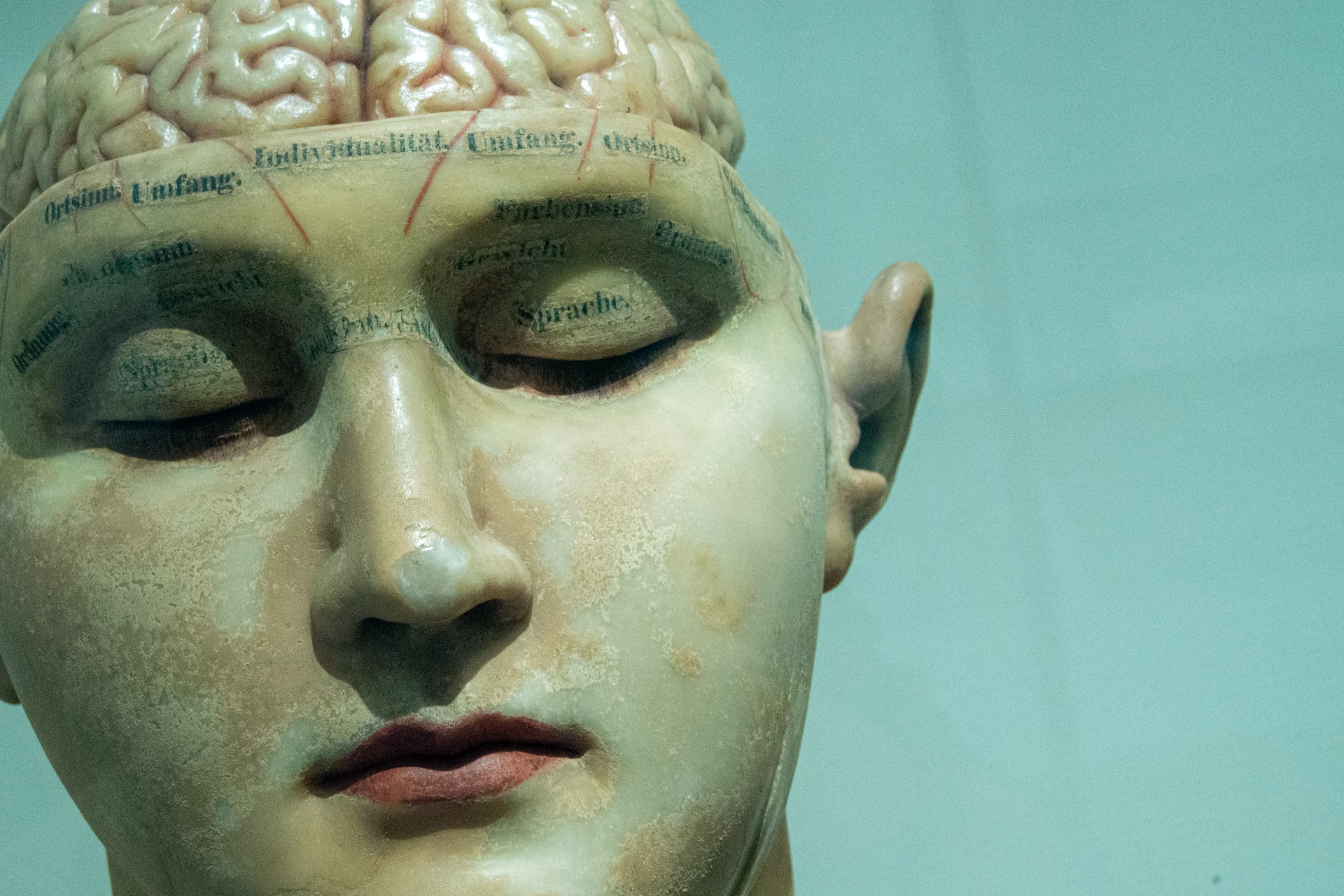Examining the Cellular Mechanisms Behind Periventricular White Matter Lesions
Examining the Cellular Mechanisms Behind Periventricular White Matter Lesions
Periventricular white matter lesions are a type of brain injury that occurs in the areas surrounding the ventricles, which are fluid-filled spaces in the brain. These lesions are particularly common in preterm infants and can lead to significant neurological issues later in life. Understanding the cellular mechanisms behind these lesions is crucial for developing effective treatments and interventions.
### What Causes Periventricular White Matter Lesions?
Periventricular white matter lesions are primarily caused by hypoxia-ischemia, which means a lack of oxygen and blood flow to the brain. This condition is particularly damaging to pre-oligodendrocytes, the cells responsible for producing myelin, the protective covering around nerve fibers. When these cells are damaged, they fail to mature into myelinating oligodendrocytes, leading to impaired brain development and function.
### Cellular Vulnerability
Pre-oligodendrocytes are especially vulnerable to hypoxia-ischemia due to their high metabolic demand and sensitivity to oxidative stress. When these cells are injured, they undergo apoptosis, or programmed cell death, which disrupts the normal process of myelination. This disruption can lead to the formation of cystic lesions in the white matter, particularly in the periventricular regions.
### Impact on Brain Development
The impact of periventricular white matter lesions on brain development is significant. These lesions can affect the growth and maturation of both white and gray matter. In particular, they can lead to abnormalities in axonal development and neuronal maturation, contributing to conditions such as cerebral palsy and cognitive impairments.
### Clinical Manifestations
Children with periventricular white matter lesions often appear asymptomatic at birth. However, as they grow, they may develop spastic diplegic cerebral palsy, characterized by stiffness and weakness in the legs. Larger lesions can also affect the upper limbs and lead to visual impairments if they involve the optic radiations.
### Future Directions
Research into periventricular white matter lesions is ongoing, with a focus on understanding the molecular and cellular changes that occur during lesion formation. This knowledge can help identify potential therapeutic targets to prevent or treat these lesions. Additionally, early detection through imaging techniques like MRI is crucial for monitoring and managing affected individuals.
In summary, periventricular white matter lesions are a complex condition influenced by cellular vulnerabilities and environmental factors. Understanding these mechanisms is essential for developing effective interventions to improve outcomes for those affected.





